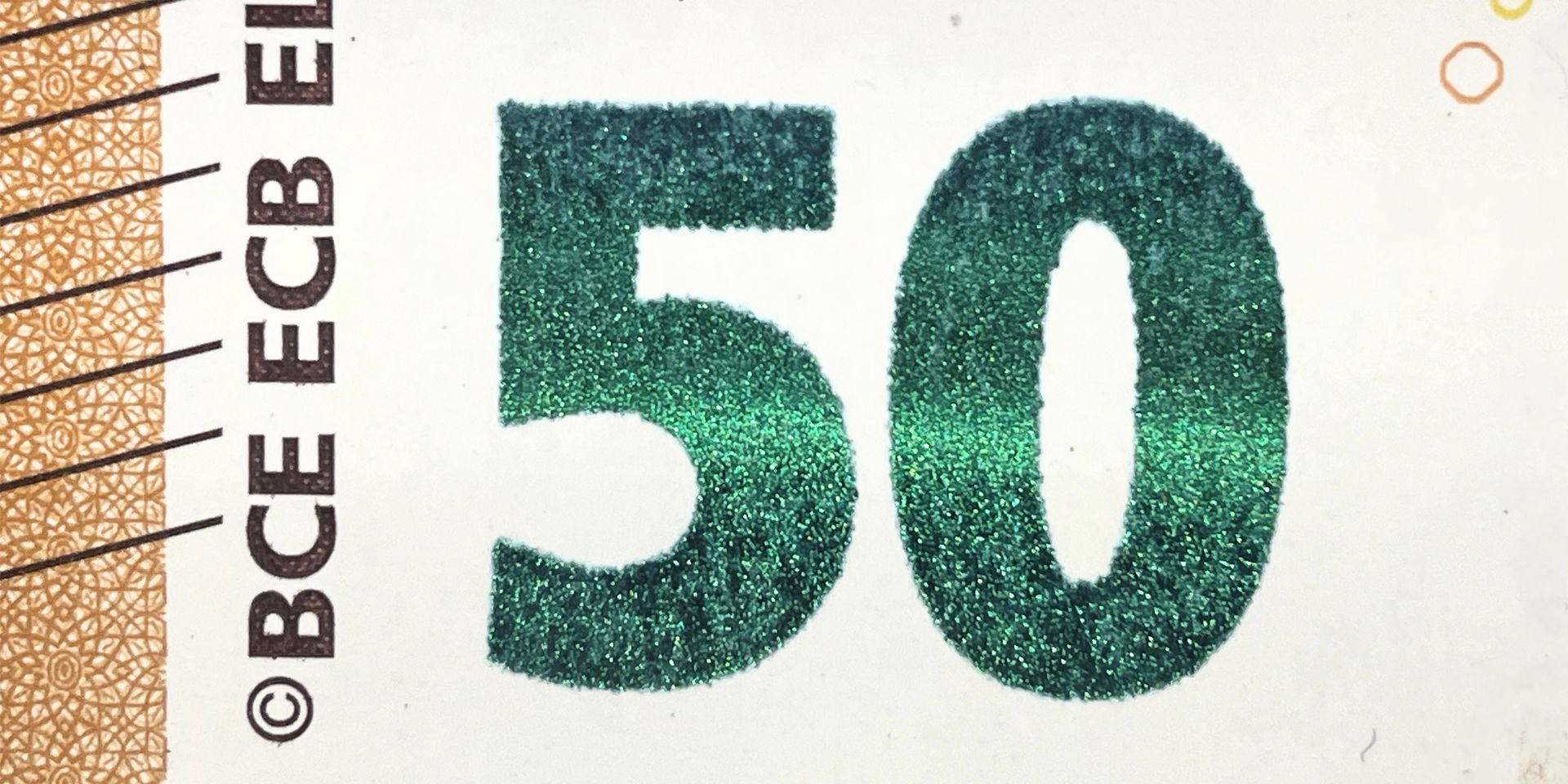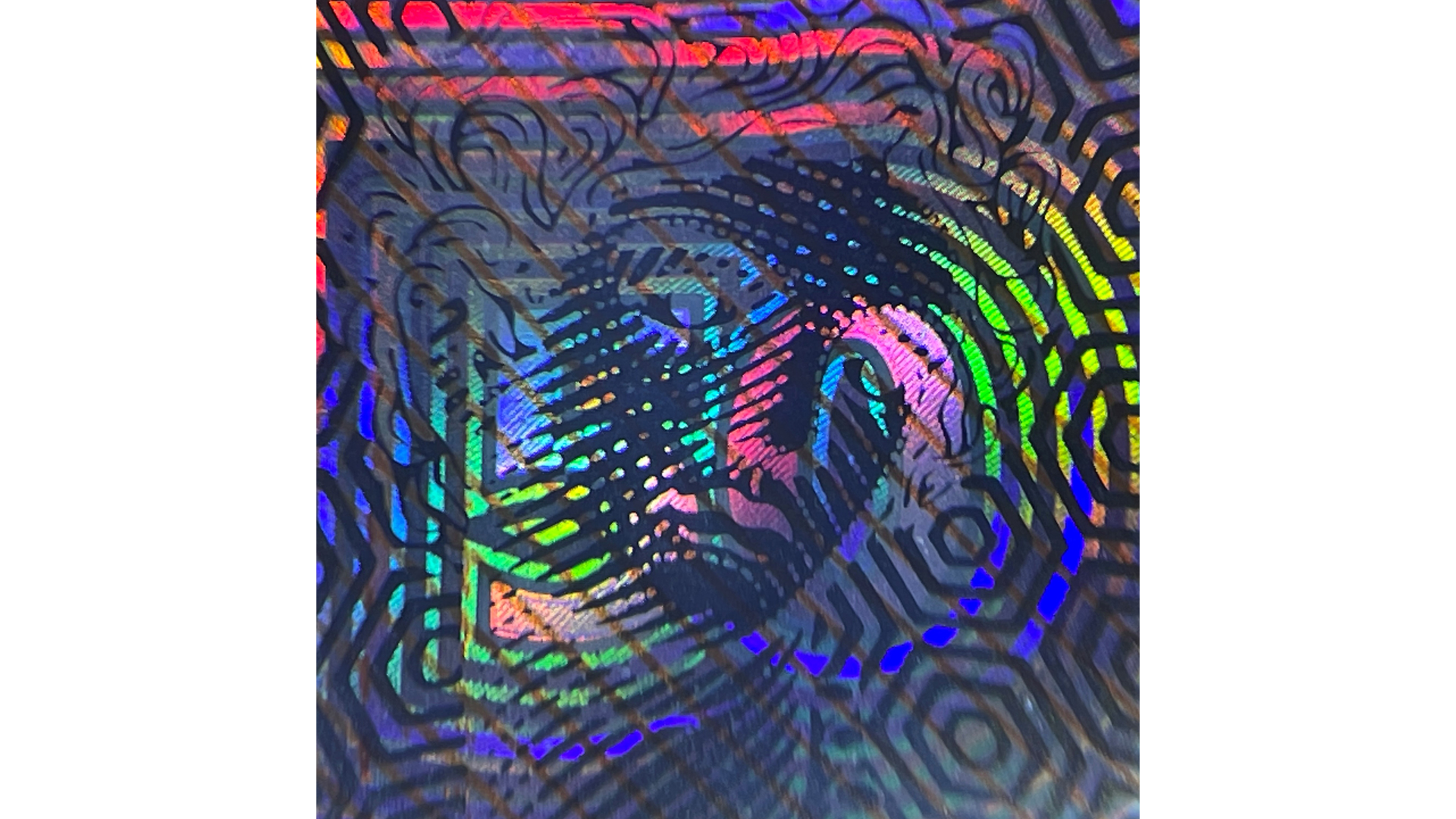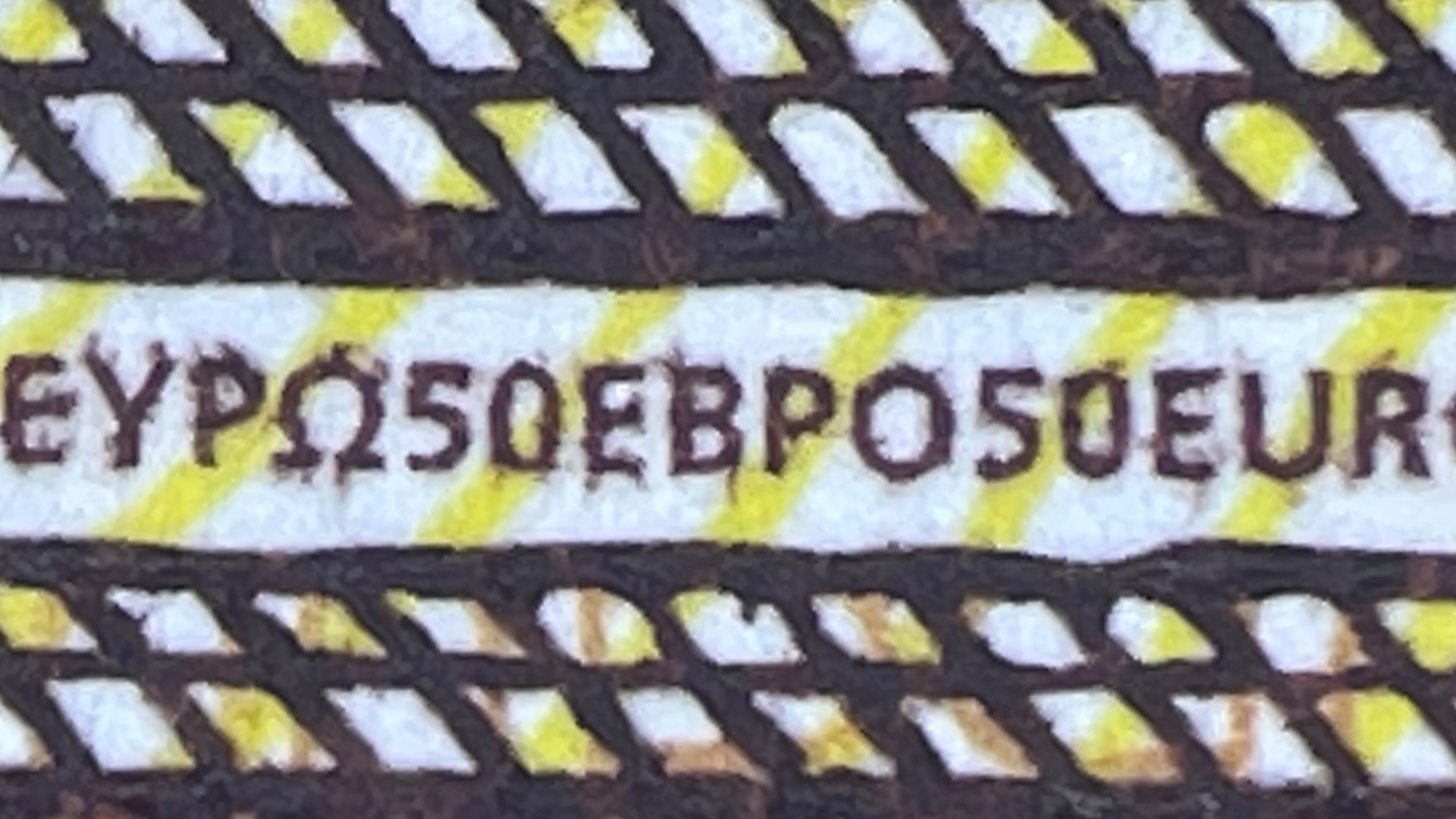How do I recognise a genuine euro banknote?
“Feel, look, tilt.” With these well-known instructions, you can distinguish between genuine and counterfeit euro banknotes. Counterfeiting banknotes is an old and widespread crime. Harsh penalties and banknote security features have been employed in an effort to prevent counterfeiting

Chapter 37 Means of payment offences of the Penal Code states: “A person who manufactures false money or falsifies money in order to pass it as legal tender or for this purpose imports, exports, procures, receives, transports or transfers to another money that he/she knows to be false or falsified shall be sentenced for counterfeiting to imprisonment for at least four months and at most four years.”
A person who distributes among the public, even with humorous intent, an image that is deceptively similar to legal tender shall be sentenced for circulation of imitation money under chapter 37, section 7 of the Penal Code. Money counterfeits are investigated by the National Bureau of Investigation.
Various holograms, special inks, features visible in ultraviolet light and infrared light as well as other non-copyable elements are basic features of euro banknotes.
Security features make money counterfeiting more difficult. Some security features can be seen by the public. Some, on the other hand, can only be seen by money handling professionals using special equipment.

The oldest security features are special banknote paper and a watermark, which was used in Finland as far back as the 1870s. Fine print work, banknote identification with serial numbers, and signatures are old security features that are visible to the public. Later, security thread, security fibres and complex patterns began to be used in printing.
Money handling professionals can check security features using special equipment, such as magnifying glasses, ultraviolet light and infrared viewing devices.
Euro banknotes feature microprinting, for example in the buildings on the front side and in the bridge structures on the reverse side. A magnifying glass is usually needed to read this. There are two different types of microtext: positive, with dark text on a light background, and negative, with light text on a dark background.

Special inks, to which special features can be added, are used in banknote production. By changing the wavelength of light from the visible light spectrum to ultraviolet and infrared, additional security features can be made to appear.

The rustle of banknotes
This video series has four parts. You can watch them below: